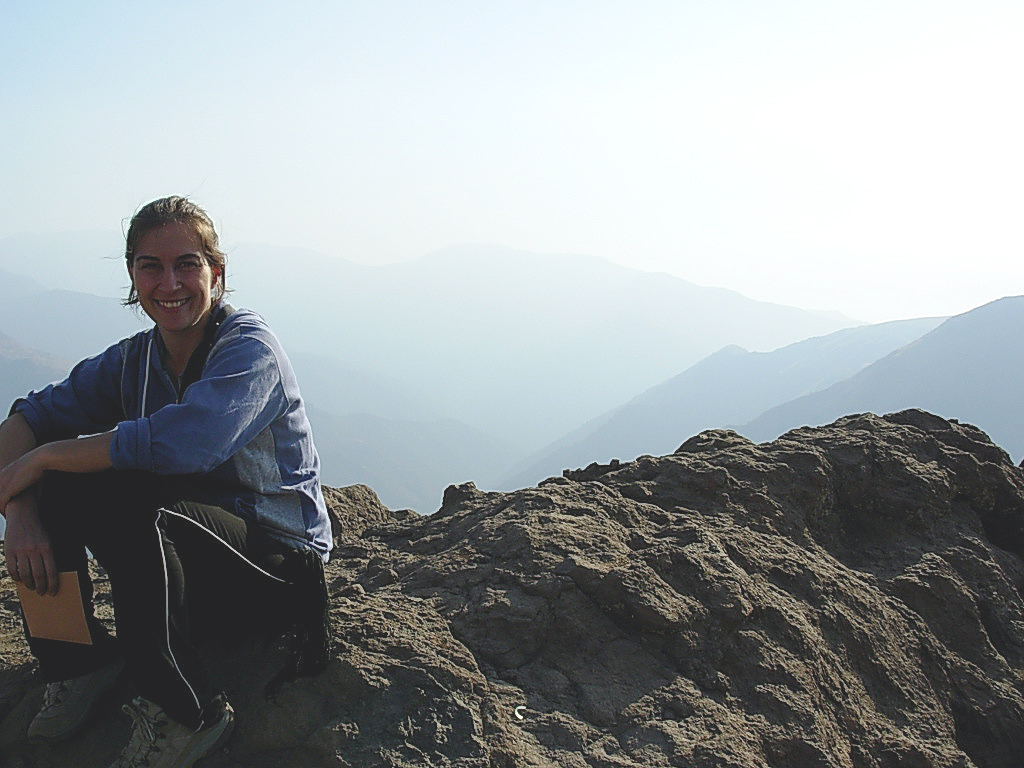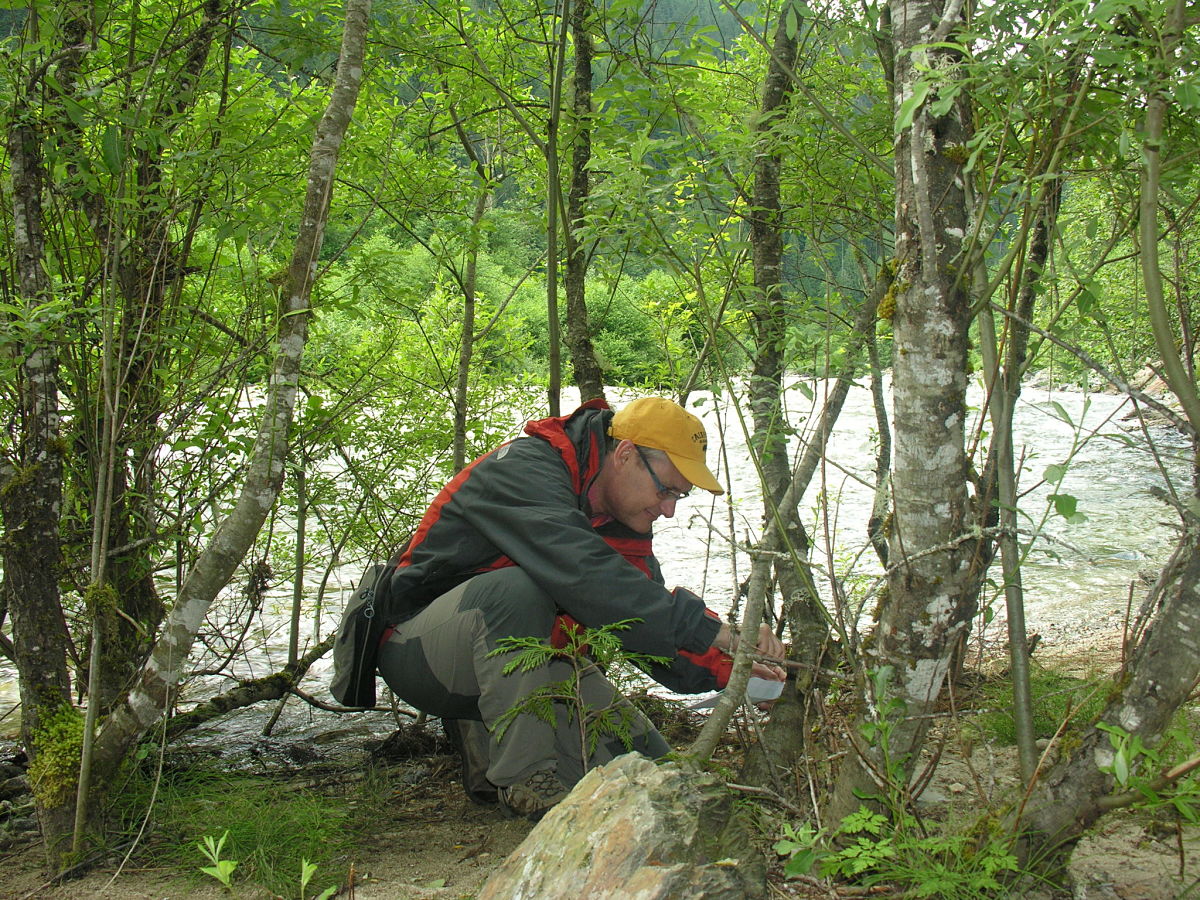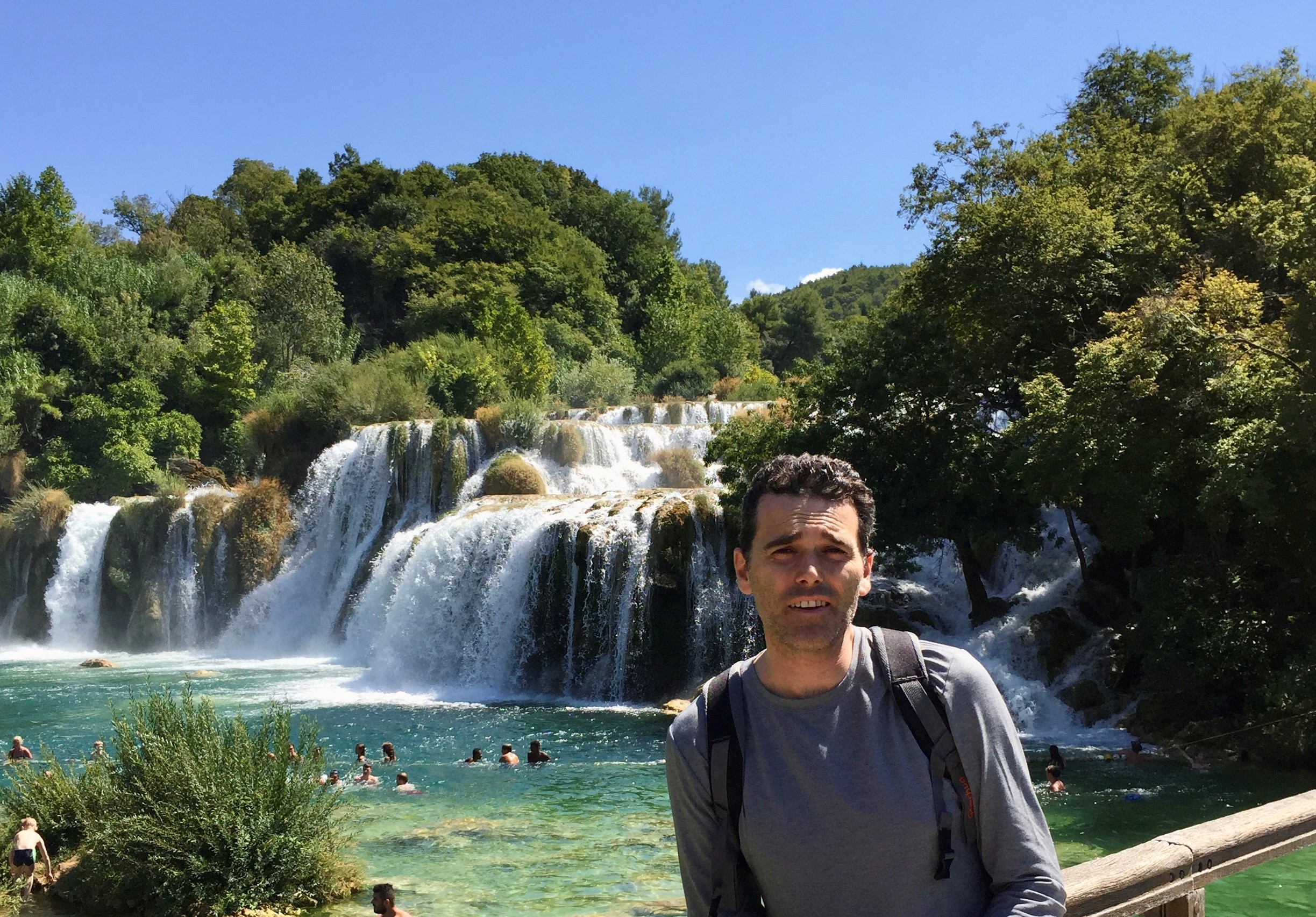Botanist of the month: Susana Gómez

Fire ecology in Mediterranean ecosystems is Susana Gómez’s field of work, our botanist of the month. This researcher and university professor from Cadiz studies fire as an evolutionary force in plants, but also the imbalances in the natural regime of fires. Her antidote to it? To promote the biodiversity of the territory in order to increase the sustainability and resilience of our ecosystems, especially in the climate change context we are living in. For this reason, we invite her to participate along with other specialists in the talk called Incendis forestals, comuns, però ¿evitables? from the UV Jardí Botànic cycle Botànica des del sofà, highly recommended and available online. But today, February 11, the day of the science’s woman and girl, we in-depth interview this restless scientist, a travel lover who discovered her goal to become a botanist in Chile, Quillota Valley. We hope she will inspire our future women scientists.
What attracted you to botany?
During the biology university, discover the fact that plants are not inanimate beings (they give the green color to landscapes and feed us), but have, in turn, spectacular strategies to defend themselves from herbivores –move according to light or resist severe droughts among many other qualities– shocked me. Plants’ adaptation and the history of how they colonized terrestrial ecosystems is fascinating, it seems science fiction.
Could you summarize your career path?
I studied biology at the Universidad de Sevilla, grade 1995-2001. When I realized that I wanted to do my PhD in botany it was too late, because my early years’ grades had not been good enough to get a scholarship. I didn’t see any opportunity in Spain, so I volunteered to collaborate on research projects in South America. It was Lohengrin Cavieres, from the Universidad de Concepción (Chile), who welcomed me as if I were family. I collaborated with him on a high Andean plants ecology project and then he tutored my PhD (2004-2008) on fire ecology and invasions in Mediterranean plants.
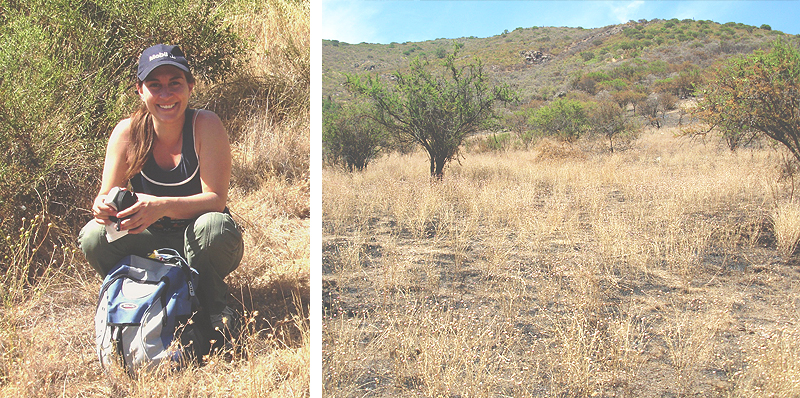
Collecting Helenium sp. in post-fire scrub zone, Chile. Photo: Susana Gómez.
Later, I did a postdoc with Ernesto Gianoli at the same university (2008-2010) and in 2011 I got a professor position at Universidad del Bío-Bío (Chile). During that period, I made several short stays in the U.S. and Spain. In 2016 I already wanted to come back to Spain and I got a position as a technician-researcher in a project by Fernando Ojeda on biogeography and biodiversity of Mediterranean heaths at the Universidad de Cádiz. I am now a full professor at this university.
Your specialty is fire ecology, what interested you in this field of study?
I remember when my thesis tutor, Lohen, gave me a bunch of articles and told me “fire ecology is barely known in Chile, read and ask an interesting question”. And so I did. In Chile, most of the exotic species come from the Mediterranean Basin, where there is more adaptation to fire (seeds stimulating its germination with heat, for example). In central Chile, despite the Mediterranean climate, fires are more recent, and native species are not so adapted to them. I considered it an excellent natural experiment in order to verify hypotheses related to fire ecology, such as what is its role in the exotic species invasion or in the recent evolution of plant characters.
It is an interesting field, are you especially proud of any project you have participated in?
Yes, several projects! The Lohen Cavieres’ project of high mountain species facilitation and the EPES (ecosystemic processes in semiarid environments) project of Adrián Escudero and Fernando Maestre. As well as the Herriza project of Fernando Ojeda, thanks to which I fulfilled my dream of working in the Alcornocales natural park. I have learned a lot from all of them and the studies we have published have been widely cited. I am very grateful.
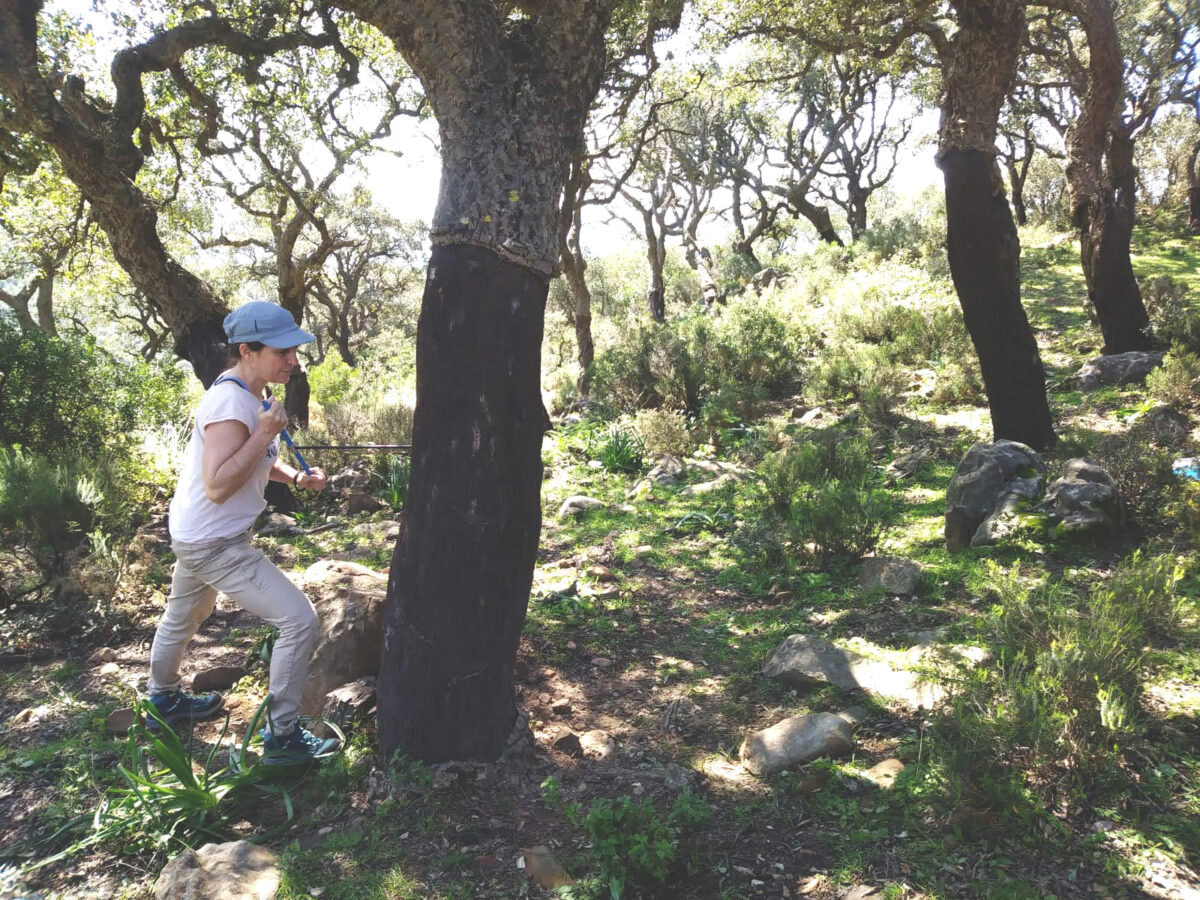
Which one are you working on right now?
I am currently responsible for Ministeri de Ciència i Innovació sobre l’impacte de les plantacions forestals en els serveis ecosistèmics (FORPES). One of the objectives is to analyze the ecological impacts of pine afforestation in the Mediterranean heaths. The heath is a scrub of great diversity and floristic singularity. When planting pine trees on the heath, the diversity of plants and pollinators is strongly eroded, but, in addition, the vigor of the cork oak growing downhill (decreasing the water’s availability) is reduced.
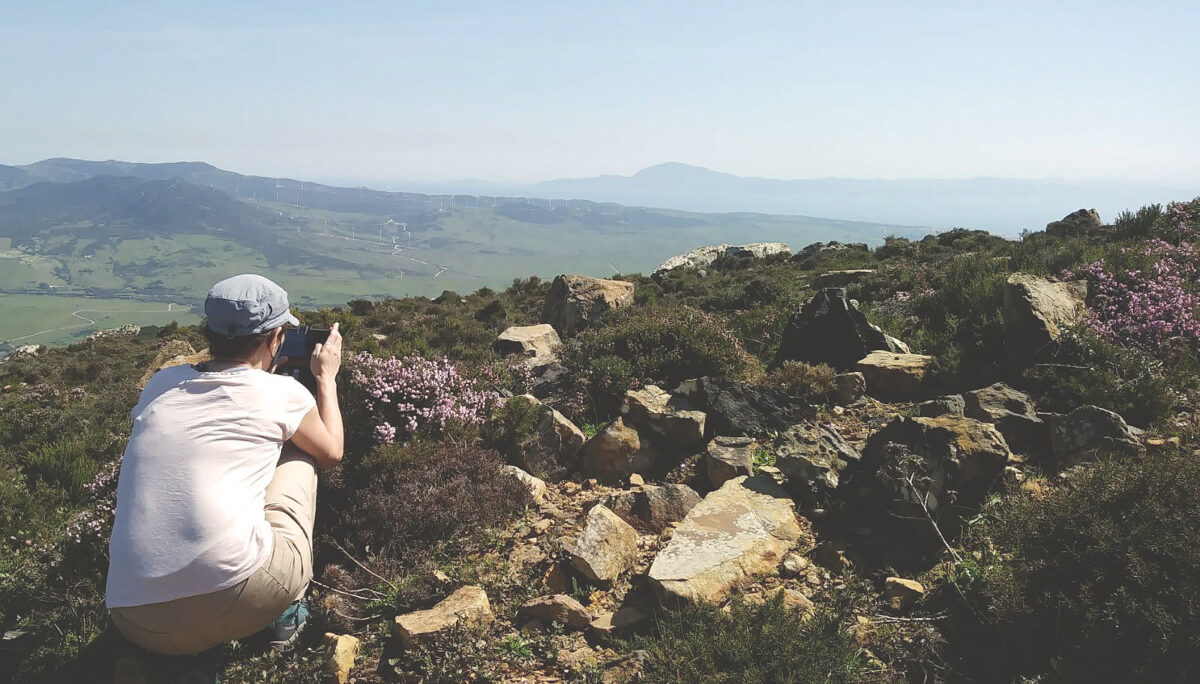
This may have economic consequences for beekeepers and cork-making people in the region. It shows that the afforestation of naturally free-tree habitats is not good. Before planting trees (which is very fashionable) it is necessary to evaluate very well where it’s going to be made, for what reason, and with what species, as well as the entailed ecological consequences.
Do you work by yourself or in a team?
I have always worked in a team since science is a collaborative activity. Having someone who criticizes your job always improves it. Criticism is very positive in scientific activity. Someone once told me “You won’t be an independent scientist until you publish something by yourself”. I don’t believe it to be true, it’s only when you are able to produce your own ideas, get funding and successfully lead a team that you are independent.
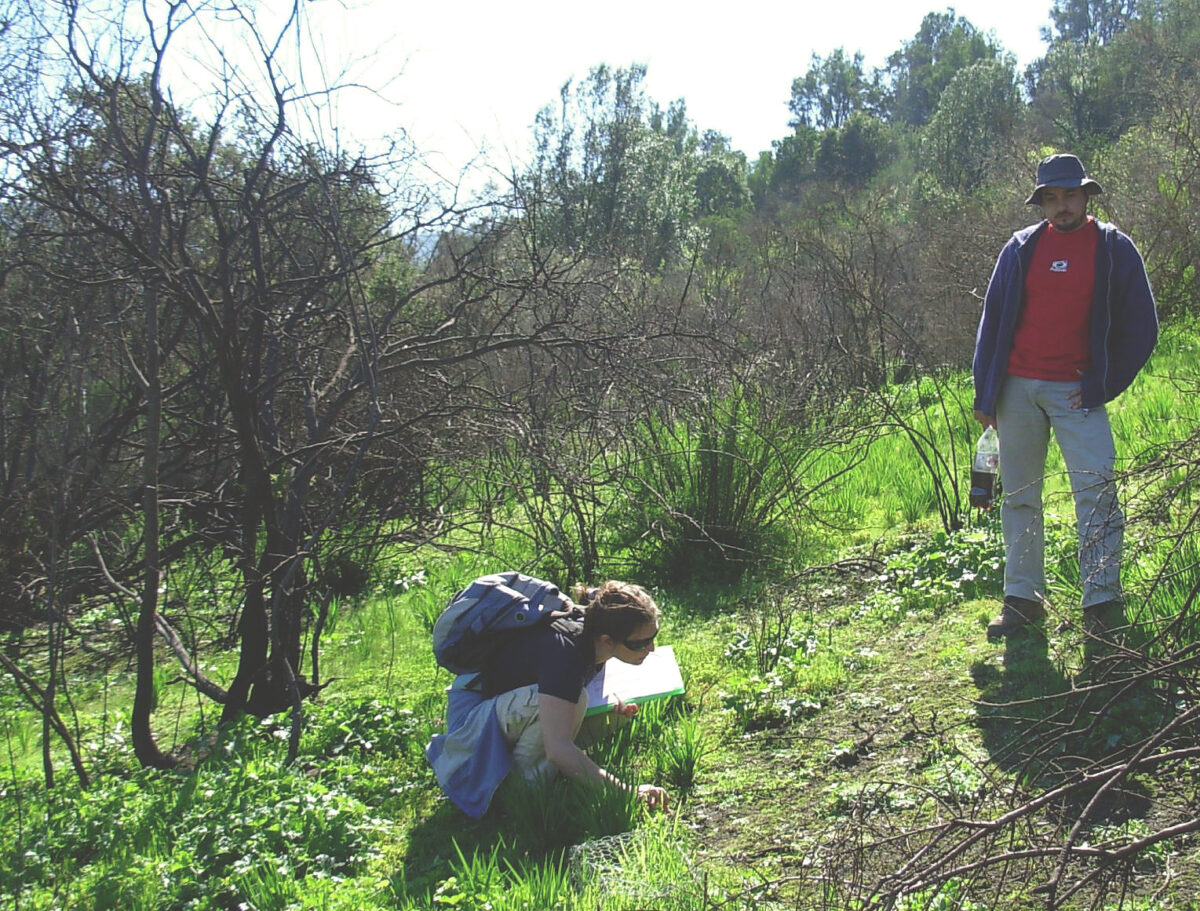
What research groups are you in?
I belong to two research groups: FEBIMED-UCA and Centro de Ciencia del Clima y la Resiliencia de Chile. The first one deals with fire, ecology, and biodiversity in Mediterranean ecosystems, and the second one with climate change and resilience. This gives me the opportunity to work with researchers from different disciplines integrating ecology and management in a context of global change. Our latest article on how to move towards ecological intensification of forest plantations is an example, it results from teamwork between both centers and could have strong implications in the field of sustainable forest management.
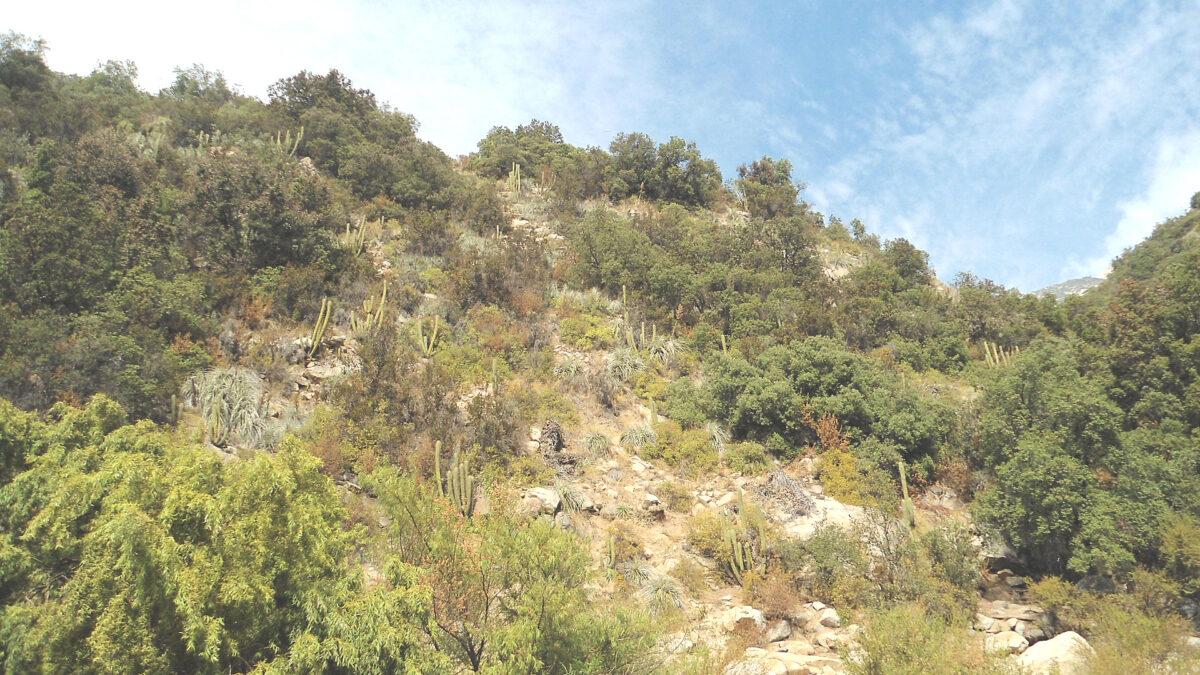
What is proposed here is to use biodiversity as a vehicle to boost forest productivity while reducing environmental impacts from fertilizers and pesticides. Biodiversity is not only beautiful, but it is also necessary to maintain healthy ecosystems and climate, and it offers a huge amount of services to society. We must apply ecological knowledge in order to generate sustainable productive systems more resilient to climate change. The current management model is obsolete and unfeasible in the long run.
So, in the climate emergency context we are living in, what impact do you think those kinds of results have?
The impact could be enormous, but it depends on many factors. To begin with, information must reach society, forest administrations, and companies. That is in our hands. But then these entities must be willing to make a change. That’s more complicated. The forest market is globalized and changing the plantation management depends not only on greater regulation at the state level but also on global agreements favoring the competitiveness of sustainable forest enterprises. Sustainability certification seals also need to be more restrictive.

Eucalyptus planting in Portugal. Photo: LianeM, Adobe Stock
At the societal level, we must change our consumption habits of wood and paper, etc. It is everyone’s duty. But if it is not done, we will not be able to solve the climate problem which is partly caused by deforestation-afforestation processes associated with this industry. It is good to remember that we already have many examples of mega-fires associated with intensive pine and eucalyptus plantations, as in the case of Chile and Portugal. Many of these plantations replace forests and natural meadows of great importance for biodiversity and climate regulation.
What about the scientific spread? Do you think enough coverage is given to this kind of research?
Science is an activity whose purpose is social welfare by definition, thus spread is essential. If science does not reach society, it is worthless. I think that outreach should be taken more into account when evaluating CVs to get projects, positions, etc. If it is not valued, it is not done, and if it is not done, the research loses value, no matter the impact of the journal where it is published. It is also true that sometimes we spread information but then administrations do not make decisions based on science. The issue of climate change is a global level example; scientists have been documenting it for decades but it has not been acted upon.
How do you think your job has changed over the years?
Well, I started my PhD using diskettes and asking authors to send me their articles by mail. Computers were really really slow. And I’m not even that old, technology has just advanced very fast. Publication rates are high now because communication and collaboration between groups are faster and more fluid. I appreciate it. Thanks to it, for example, we already have COVID vaccines.

Have you met interesting people along the way?
Many. Botanists and ecologists are often peculiar people, who usually travel a lot and have enriching experiences. We are a little weird and I love oddities of all kinds because they teach a lot. Among those people, I have to highlight the ecologist Juli Pausas from the Centre d’Investigacions sobre Desertificació (CIDE), a joint entity of Universitat de València, Consell Superior d’Investigacions Científiques (CSIC) and Generalitat Valenciana. Besides being a beautiful person, I consider him to be one of the specialists who have contributed the most to fire ecology worldwide. I learned a lot from him.
And as a botanist, what is the most curious or amusing situation you can tell you have found yourself in?
Once I went to help some colleagues to make a census of cormorants on an Island in Chile, in order to discover how the massive nesting affected the productivity of the forest, and we found a so dense colony that the whole forest was full of poop, it looked completely snowy. Fish vomit and something like pee-poo spray were constantly falling on us. I could have died intoxicated there, but we laughed a lot. I hope they put me in the article’s acknowledgments. Thinking about it, I want to check.
What is the most tedious part of your job? And the most rewarding one?
The most tedious one is the bureaucracy. The vast majority of us are honest and hard-working people, so much paperwork is not necessary. It’s better to control productivity. The most rewarding thing is the fact you are constantly learning (and without any exams). As much as discover your experiment’s results (even if they are not what you expected), see that your job has some kind of impact on society, watch the surprised face of some students while you are teaching them something interesting, attend lectures and learn from other colleagues’ experiences… many things.
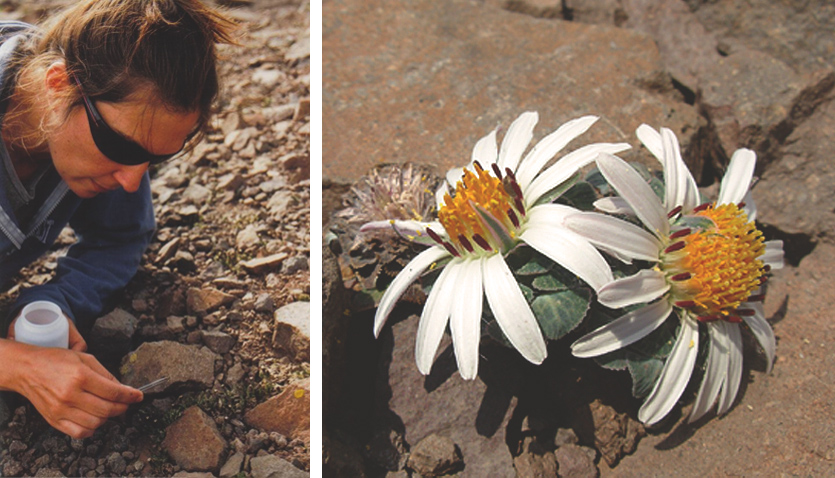
Studying high mountain species ecology in the Andes, Chile. On the right, Chaetanthera renifolia. Photo: Susana Gómez.
How do you assess the sector employment situation?
Badly. It is my perception that good botany researchers find jobs sooner if they leave Spain. If they stay, it’s tough. University access is limited, there are just a few positions and researchers do not fit in university scales, since teaching and university management experience (not so much the research) are highly valued. On the other hand, there is the CSIC, which should have more funding in order to offer more positions to researchers, but it does not. Science has to be economically supported in order to make progress and favor our well-being. It’s what we have learned with the pandemic, vaccines are not the solution, researching and conserving biodiversity and ecosystems is something essential, we know that now.
So, how would you encourage current biology students to do what you do? What skills do they need?
You need curiosity, restlessness, thoroughness, perseverance, reading, traveling… There are among my students many restless and curious minds, but then they find it difficult to work with constancy and, above all, to read. Nowadays we want to do everything as fast as possible… But you have to read a lot, be up to date. I would suggest to them read and travel. I would say to them that research gives you the opportunity to live incredible adventures, meet very interesting people, and, in addition, contribute to society’s development. It’s a job that takes effort, but it’s fabulous.

Studying high mountain species ecology with Cristian Torres in the Andes, Chile. Photo: Susana Gómez.
What time of botany would you have liked to live in and why?
I sometimes wonder if the fascinations degree of the past centuries’ botanists was greater than ours, considering that they were beginning to discover the evolutionary mechanisms and that the ecosystem degradation was less. I did my PhD in Quillota Valley (Chile), Darwin described it as a wonderful place, I wonder what he would have seen there. I saw a lot of crops and small native forest patches and still, I found it beautiful.
What future do you think awaits botany, in your opinion?
The one we want. It will depend on where we chose to put effort as a society. Ecology and botany should be better-considered areas because they can provide solutions to the global problems we are experiencing. Our species’ fate will depend on our relationship with nature, in which botany plays a fundamental role.
